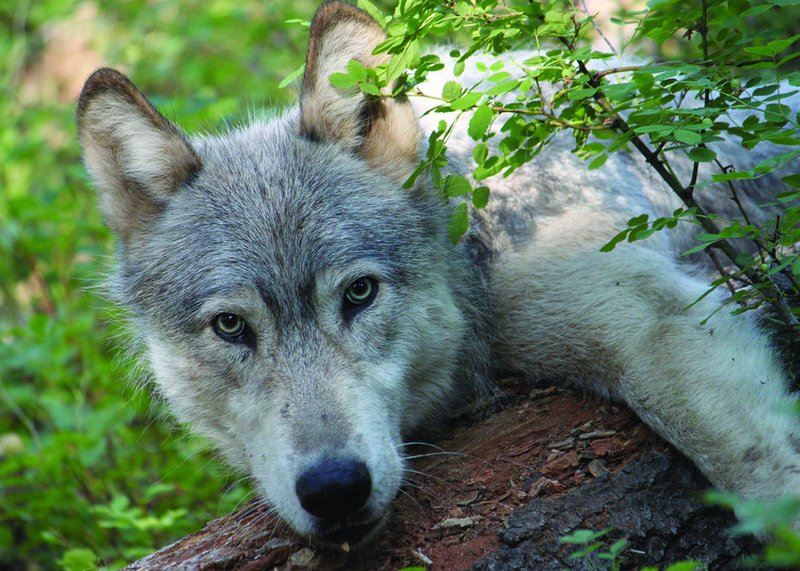A federal judge last week restored protection to some gray wolf populations, reversing a Trump-era rule that removed Endangered Species Act protection from the animals across most of the country. Today’s ruling prohibits wolf hunting and trapping in states outside of the northern Rocky Mountains.
The court ruling does not restore protection to wolves in the northern Rockies, as wolves in that region lost their protection prior to the delisting rule challenged in this case. However, in response to an emergency petition from the Center for Biological Diversity and its partners, the U.S. Fish and Wildlife Service determined in September that protecting the species in the northern Rockies may be warranted based largely on new laws in Idaho and Montana that authorize the widespread killing of wolves.
The USFWS, after completing the initial review of two petitions, said listing gray wolves again in the western U.S. under the Endangered Species Act may be warranted due to potential increases in human-caused mortality under new hunting and trapping rules in Idaho and Montana approved after wolves were de-listed.
Wolves lost their federal protections when the Trump administration finalized a national delisting rule in January. Since then, management of wolves has fallen to state wildlife agencies.
“This is a huge win for gray wolves and the many people across the country who care so deeply about them,” said Collette Adkins, carnivore conservation director at the center, of the recent ruling. “I hope this ruling finally convinces the Fish and Wildlife Service to abandon its longstanding, misguided efforts to remove federal wolf protections. The agency should work instead to restore these ecologically important top carnivores to places like the southern Rockies and northeastern United States.”
The 26-page ruling by U.S. District Judge Jeffrey S. White in Northern California reinstates protections for wolves in the Lower 48 outside of northern Rocky Mountain states. It puts federal officials in charge of managing wolf populations in the Great Lakes region, the Pacific coast and other parts of their range.
In delisting the wolves, the U.S. Fish and Wildlife Service analysis “relied on two core wolf populations to delist wolves nationally and failed to provide a reasonable interpretation of the ‘significant portion of its range’ standard,” said White in the ruling.
Also see:
— CBB, Sept. 26, 2021, USFWS SAYS LISTING WOLVES AGAIN UNDER ESA MAY BE WARRANTED, LAUNCHING STATUS REVIEW https://columbiabasinbulletin.org/usfws-says-listing-wolves-again-under-esa-may-be-warranted-launching-status-review/
— CBB, Oct. 30, 2020, TRUMP ADMINISTRATION DE-LISTS ALL GRAY WOLVES IN LOWER 48, TURNS MANAGEMENT OVER TO STATES,TRIBES https://columbiabasinbulletin.org/trump-administration-de-lists-all-gray-wolves-in-lower-48-turns-management-over-to-statestribes/

